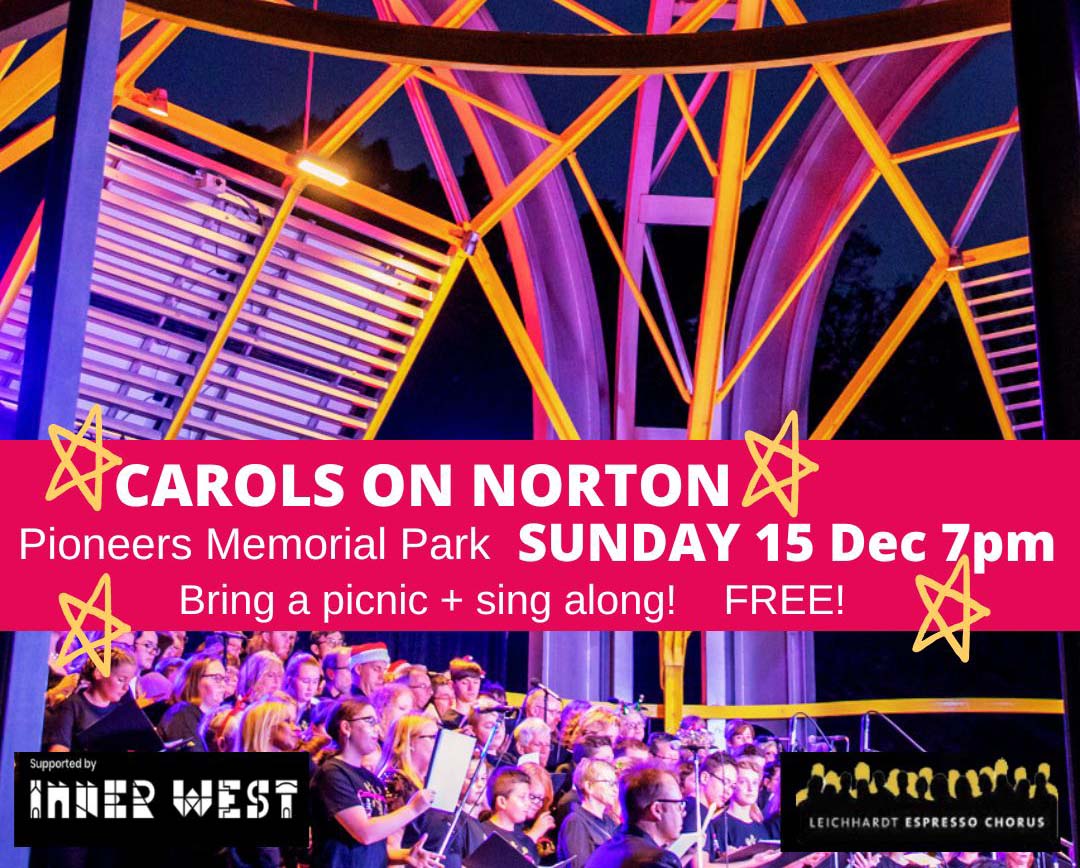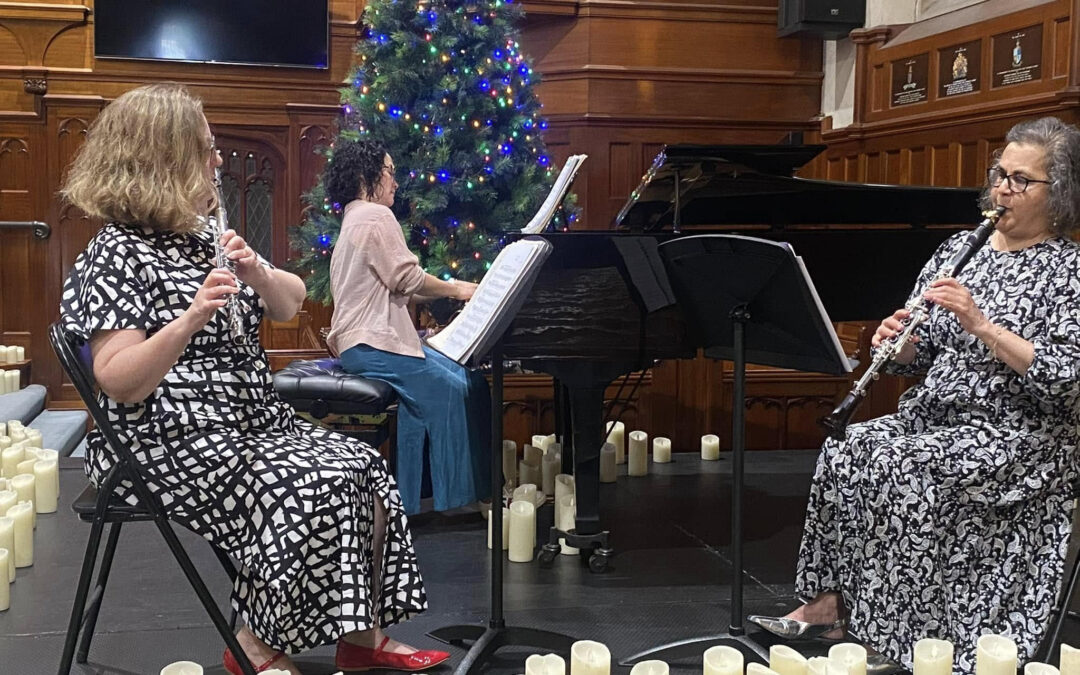The Phoenix Collective: Tales of War
Christ Church St Laurence, 6 November 2021
The Phoenix rose from the Covid ashes after having rescheduled this concert three times. The downtime was not wasted for them, having worked hard on repertoire and studio recordings. However they were clearly happy to be performing for a live audience again.
The Barber Adagio was originally written for string quartet before reaching the peak of its popularity in its string orchestra version, so it was refreshing to hear it in its original form. Sometimes pieces practised in the studio are simply transplanted into the performance venue. This was not the case here. From the very first notes it was clear they were playing into the acoustics of the church, using the resonance of the building as an extension of their instruments. The Adagio is mostly about texture, and the richness was achieved with full and purposeful bowing, nearer the fingerboard than the bridge, for strong fundamental tone. Slurred notes with single bow strokes were none-the-less articulated with surges. Longer notes which required multiple bow strokes produced a seamless blanket of sound.
There is one passage in particular where the second violin and viola play an octave apart. It sounded like a single instrument; the violin augmenting the overtones of the viola; ensemble playing indeed. The music breathed. There was no ego in this performance, just a deep introspection. The work functioned an appropriate elegy for the sadness of the pandemic.

In rehearsal at the venue: Photo Pepe Newton
On a lighter note, the Japanese composer Mamoru Fujisawa, aka “Joe Hisaishi”, is primarily known for his film scores, and particularly for the animated works of Hayao Miyazaki. The quartet played 3 vignettes; reductions from orchestral scores of the animated film Princess Mononoke. Like the Adagio, this music is highly diatonic; there are no harmonic surprises here. While the former is largely about texture, these pieces are mostly about melody. Knowing the film may have helped, but the melodies are sometimes a bit syrupy for stand-alone performance. Pleasant enough in a dreamy kind of way. The third piece was harmonically the most engaging with an interesting ostinato pattern in the cello and classically prepared suspensions in the upper parts to add tension. Overall, the Princess Mononoke pieces reminded me strongly of Vaughan-Williams’ string music, which is a good thing…
Now we come to the real meat of the program. The Shostakovich String Quartet No 8 in C minor. He wrote this quartet in only 3 days in 1960. The work is dedicated “to the victims of fascism and war” but this dedication may well have been imposed by the authorities, since he had just (reluctantly) joined the Communist Party. He probably wrote this for less doctrinal purposes, as it is deeply infused with his personal musical signature D-SCH (d, e flat, c, b), making the key of C minor a natural choice.
The earlier works on the program had their emphasis on texture and melody respectively. Shostakovich however, uses every element at his disposal for full dramatic effect. There are frequent and unexpected turns in melody, harmony, rhythm, dynamics and texture which make his music so compelling. Having the performers standing up helps to energise the performance which is a great thing. Initially the strident sforzato chords opening the second movement did not seem to have all the “bite” that they might, however their return in the fourth movement was electrifying.
Because of its inherent sadness, it is rarely appropriate to describe Shostakovich’s music as enjoyable, but the Phoenix Collective’s performance was certainly intensely engaging. Well done.
A Danish Dance tune as an encore rounded off the concert on a more optimistic note.
Phoenix Collective Quartet:
Dan Russell – Violin
Pip Thompson – Violin
Ella Brinch – Viola
Andrew Wilson – Cello




























